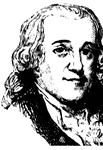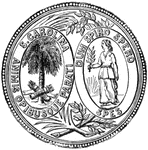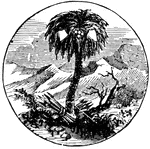The South Carolina ClipArt gallery includes 91 illustrations related to the Palmetto State.
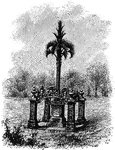
Iron Palmetto
In honor of the forty percent of South Carolina's palmetto regiment an iron palmetto was erected. This…

Paper Money, Five Dollars Bill, 1776
Five Dollars ($5) South Carolina currency from 1776. Image of a horse surrounded by the inscription…

Battery Park
An illustration of Battery Park is a landmark promenade in Charleston, South Carolina famous for it's…

Battery Park
An illustration of Battery Park is a landmark promenade in Charleston, South Carolina famous for it's…
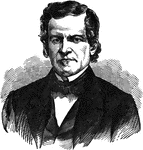
Francis Wilkinson Pickens
Francis Wilkinson Pickens (April 7, 1805 – January 25, 1869) was an American lawyer and politician…
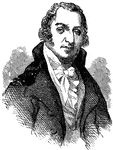
David Ramsay
(1749-1815) Historian and physician who served as a South Carolina delegate to the Continental Congress.

Savannah River
The Savannah River is a major river in the southeastern United States, forming most of the border between…

Edward Rutledge
Edward Rutledge (November 23, 1749 – January 23, 1800), South Carolina statesman, was a signer of…
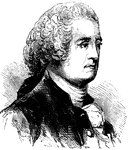
Governor John Rutledge
(1739-1800) A lawyer and a judge, Rutledge was a delegate to the Stamp Act Congress and the Continental…

Battle of Secessionville
"Battle of Secessionville, James Island, S. C.- bayonet charge of Federal troops, commanded by General…

South Carolina
The United States seal of South Carolina with the ruins of Fort Sumter in the background.
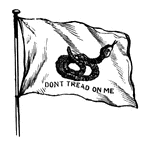
South Carolina flag
"Rattlesnake Flag of South Carolina, during independence of the states."—E. Benjamin Andrews,…
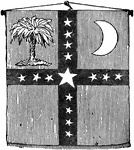
South Carolina Flag
On the day that South Carolina proclaimed sovereignty, a banner for the new state was adopted.

South Carolina Medal
A small medal was struck in commemoration of the great act of separation of South Carolina. They became…
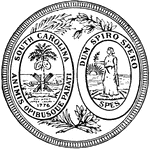
Seal of South Carolina
The Great Seal of the State of South Carolina. The seal shows two ovals with palmetto tree branches.…
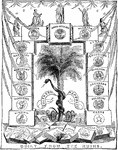
Southern Republic Built from the Ruins
A political cartoon of the Southern states being built from the ruins after the Civil War.

Fort Walker
"Landing of United States troops at Fort Walker, after the bombardment, November 7th, 1861. In order…

Fort Watson
"Site of Fort Watson."—Lossing, 1851 The Siege of Fort Watson was an American Revolutionary War confrontation…
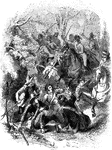
Battle of Waxhaws
A battle of the American Revolution in 1780. Led by Abraham Buford, the men of the Continental Army…



